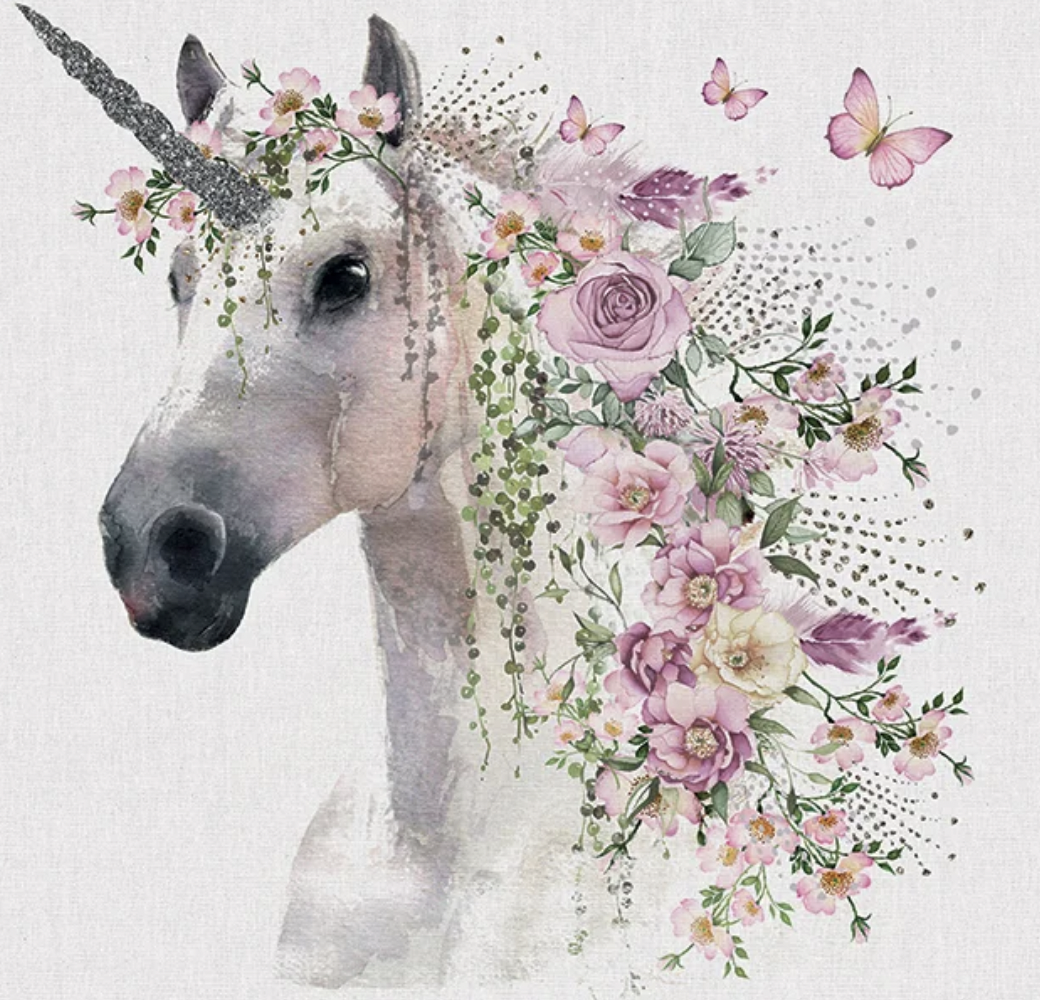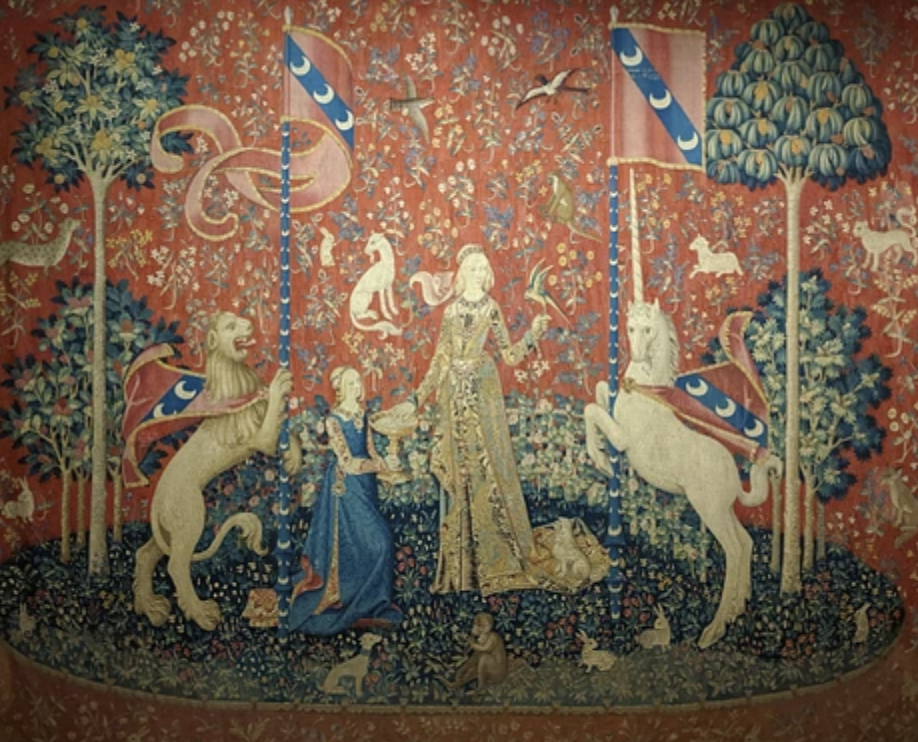|
This week’s Story Club featured unicorns. Researching for my young writers’ workshop, I became fascinated with them. Far from a recently dreamed-up lovely white horse with cloudlike mane, they’ve had a hoof in our culture for thousands of years. These stamp seals are among the first images of unicorns from the Indus Valley, a Bronze Age civilisation. These are thought to be from 2600–1900 BC, depicting a one horned animal more cow-like than horse. Unicorns are not found in Greek myth, but in Greek natural history (i.e. considered an actual beastie of the world). In 400 BC, Ctesias describes unicorns as being from India and as: “wild asses, fleet of foot, having a horn a cubit and a half (700 mm, 28 inches) in length, and colored white, red and black.” Unicorn meat was said to be too bitter to eat. (Not sure why someone tried to eat one, but I’m vegetarian so wouldn’t understand anyway.) So when did our white horse with silken mane and beautiful eyes appear? In the Physiologus, a Greek Christian text from 200 AD, the unicorn is connected with the maiden, or more specifically the virgin. Unicorns are described as being drawn to virgins, laying their heads in the lap of these maidens who sit resting in the forest. Unfortunately this was a way unicorns could be captured, by armed folk standing by. By the medieval period, the unicorn was pictured as a white horse with long, spiralling horn. The Lady and the Unicorn is a medieval tapestry showing the unicorn in this way. Scotland adopted the unicorn as their national animal in 1500s. This still stands today. Another reason to visit Scotland! Unicorns are found in many fantasy stories loved in our modern day. ‘Well, now that we have seen each other,’ said the unicorn, ‘if you’ll believe in me, I’ll believe in you.’ –Through the Looking Glass, Lewis Carroll, 1871 The blood of a unicorn will keep you alive, even if you are an inch from death, but at a terrible price. You have slain something pure and defenseless to save yourself.” — Harry Potter and the Philosopher’s Stone, J.K. Rowling, 1997 In Story Club, I asked the young writers to create a unicorn character. I posed questions considering the five senses. Part of this was my own curiosity. I’ve seen lots of pictures of unicorns. But no description of their smell! And do they neigh or what? Cut grass and herbs. Rose petals. A forest just after the rain. These were some of the gorgeous unicorn smells. We also had some fun with Scratch Art. I enjoyed the Story Club and have a deeper love and understanding of the unicorn across time.
0 Comments
Leave a Reply. |
Details
AuthorThis is the blog post of children's author Giulietta M. Spudich. Archives
March 2023
Categories |




 RSS Feed
RSS Feed